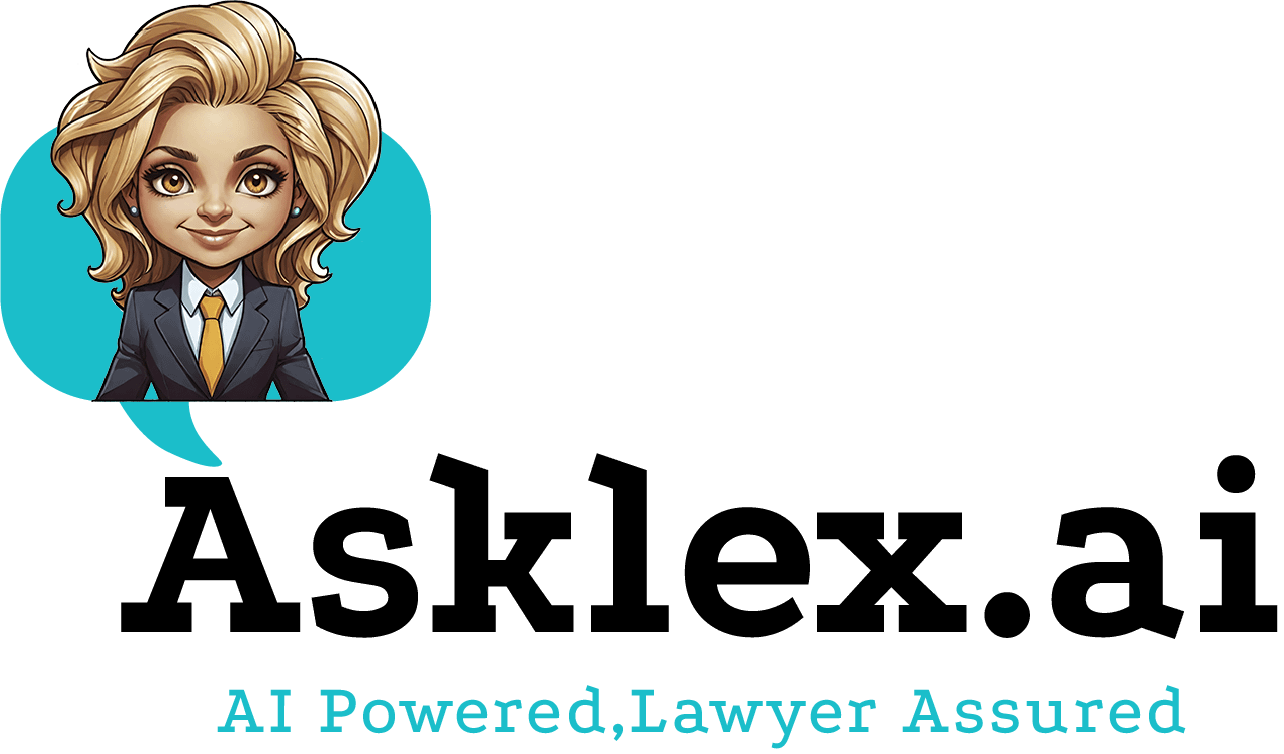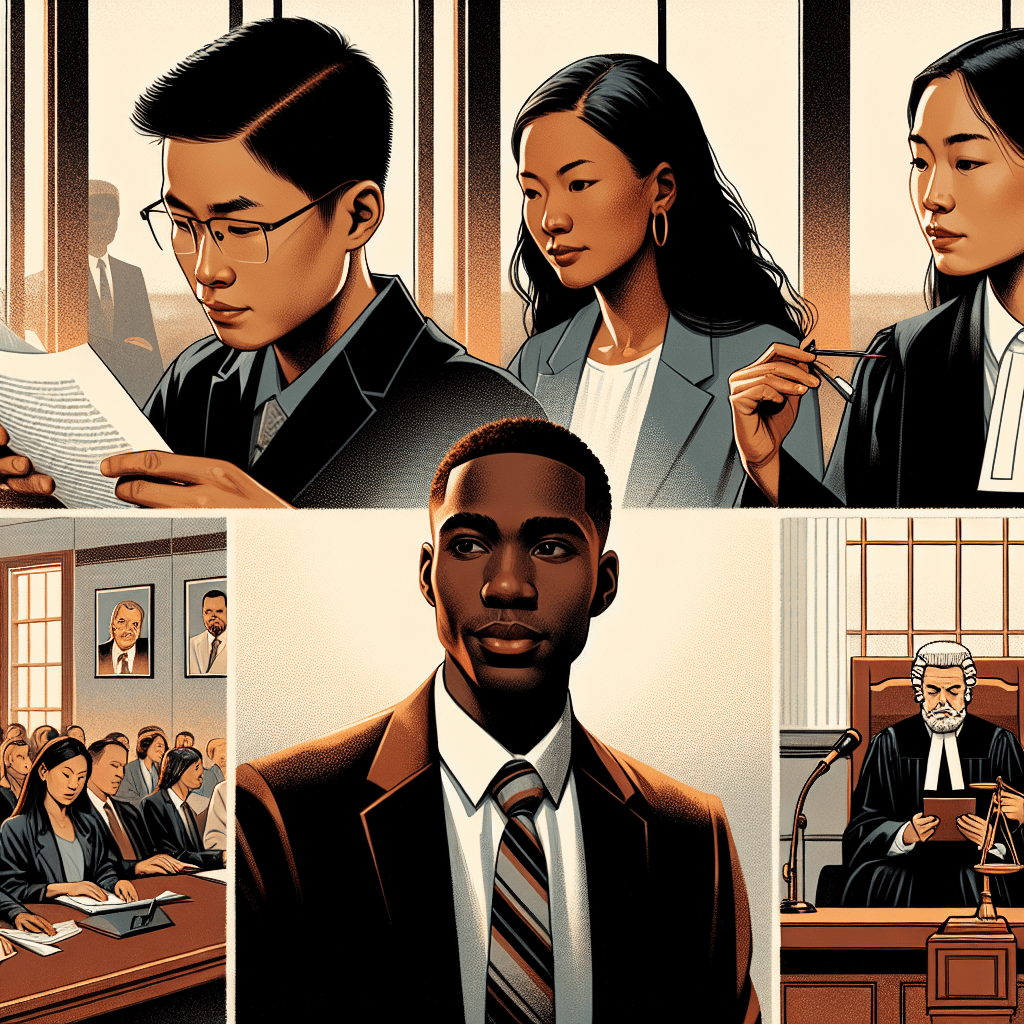What Can I Do if I’m Wrongfully Terminated?
Losing a job can be stressful and unsettling, especially if you believe you’ve been wrongfully terminated. In Australia, there are laws in place to protect employees from unfair dismissals, ensuring that terminations are conducted lawfully and fairly. If you suspect your dismissal was unjust, this guide will help you understand your rights and the steps you can take to address the situation.
Understanding Wrongful Termination
Wrongful termination generally refers to a situation where an employee is dismissed from their job for unlawful reasons. This might include:
1. Discrimination: Termination based on race, gender, age, disability, or other protected characteristics under the Fair Work Act. 2. Retaliation: Being fired for asserting your workplace rights, such as reporting safety violations or discrimination.
3. Breach of Contract: If your employment contract specifies certain conditions for termination which were not met.
4. Constructive Dismissal: When an employer’s conduct effectively forces an employee to resign.
It’s important to differentiate wrongful termination from unfair dismissal. While wrongful termination involves unlawful reasons, unfair dismissal focuses on whether the termination was harsh, unjust, or unreasonable, and applies to employees under the national workplace relations system.
Steps to Take if You’re Wrongfully Terminated
1. Review Your Employment Contract: Start by looking at the terms and conditions outlined in your employment agreement. Ensure that any provisions regarding termination were adhered to by your employer.
2. Gather Evidence: Collect any documentation or evidence that supports your claim of wrongful termination. This might include emails, performance reviews, or witness statements that corroborate your view of the events leading up to your dismissal.
3. Know Your Rights: Familiarise yourself with your rights under the Fair Work Act and other relevant employment laws. This will help you understand the framework within which your dismissal should have been handled.
4. Speak to Your Employer: Sometimes, having a direct conversation with your employer or human resources department can clarify misunderstandings. Approach this meeting professionally, and try to get a clear explanation for your termination in writing.
5. File a Claim with the Fair Work Commission: If you’re still dissatisfied, you can lodge an unfair dismissal claim with the Fair Work Commission. The application must be made within 21 days of your termination. This body will assess whether your dismissal was unjust and help facilitate a resolution.
6. Seek Legal Advice: Engaging with a lawyer who specialises in employment law can be invaluable. They can provide tailored advice, help you understand the strength of your case, and represent your interests in any proceedings.
Practical Tips
- Act Promptly: Time limits apply for lodging claims, so it’s crucial to act swiftly.
- Maintain Professionalism: Throughout the process, keep communications and actions professional. This not only strengthens your case but also preserves your reputation.
- Explore Alternative Dispute Resolution: Mediation or conciliation can often lead to a quicker and less adversarial resolution than formal legal proceedings.
- Stay Informed: Keep abreast of any changes to employment law that might affect your situation by following updates from reputable sources like the Fair Work Ombudsman.
Example Scenario
Imagine Sarah, a 45-year-old marketing manager, who was let go shortly after returning from maternity leave. She suspects her dismissal is discriminatory, as she was given no satisfactory explanation, and she had consistently met performance targets. Sarah gathers her performance reviews, emails, and seeks professional legal advice. She files a claim with the Fair Work Commission, highlighting the timeline and lack of alternative reasons for her dismissal. Through mediation, Sarah’s case is settled, and she receives compensation for the unfair treatment experienced.
Conclusion
Facing wrongful termination can be daunting, but understanding your rights and the steps to tackle it can empower you. Remember, support and legal avenues are available to ensure fair treatment in the workplace. While this guide provides a starting point, consulting with a professional is always wise to navigate the specifics of your case.








